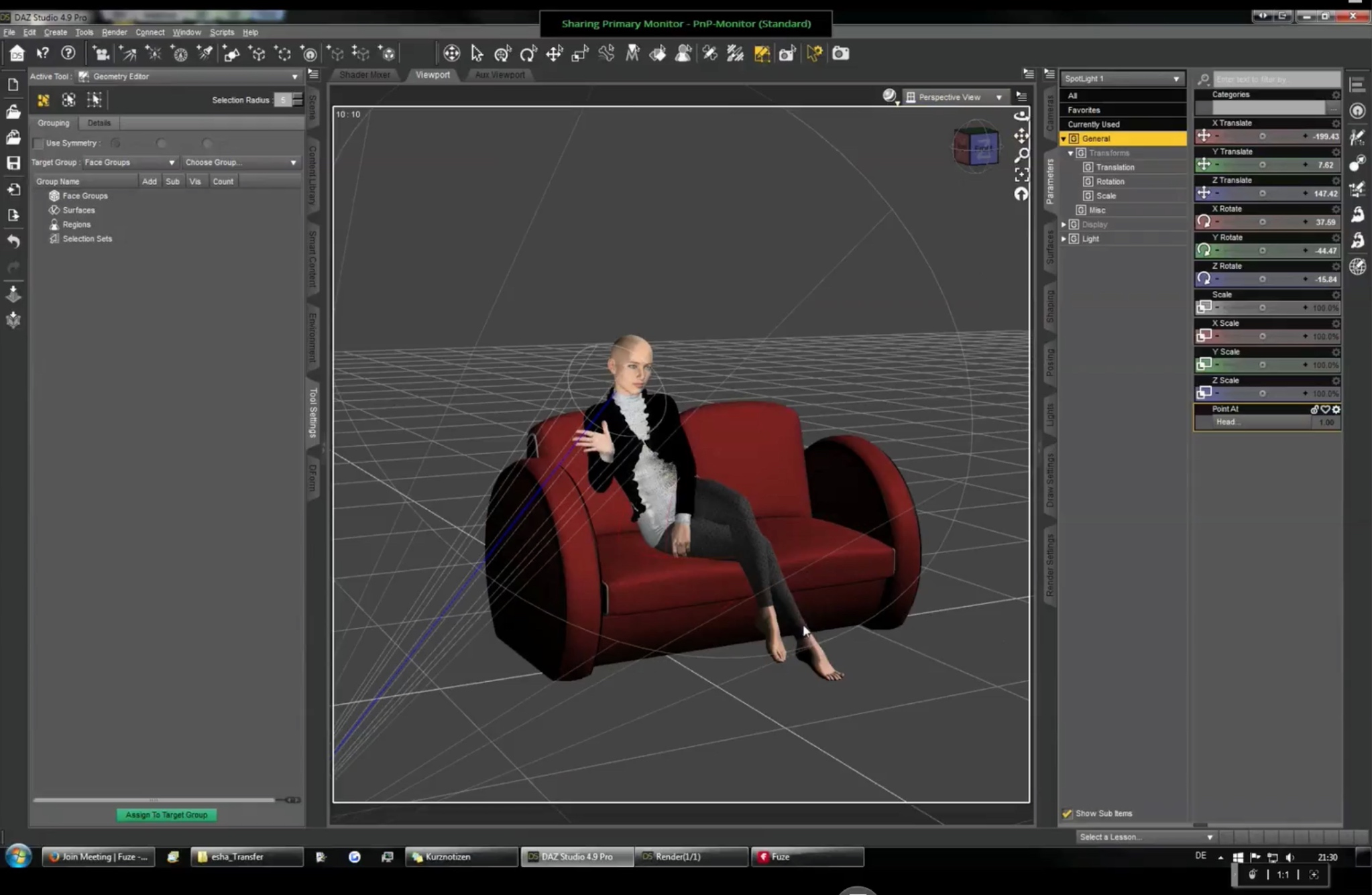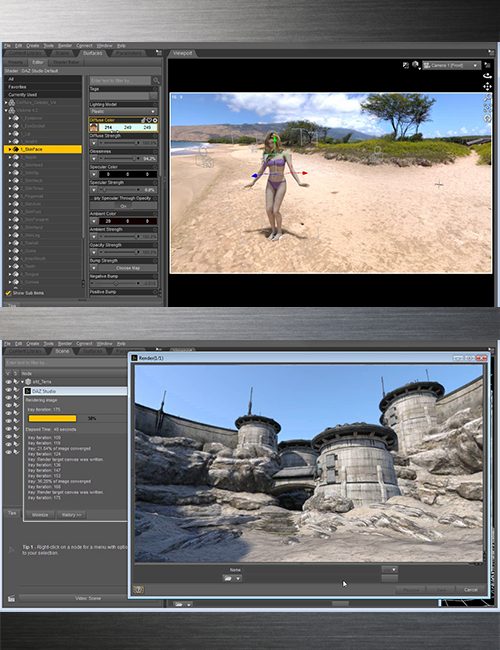


Instead of each figure being designed individually, Daz 3D moved to their Genesis platform, in which figures were derived as morphs from the base mesh. Figure technology ĭaz 3D has had many versions of its human figures and characters, but in 2011 they launched a significant change in the underlying technology. This began with offering Daz Studio for free in 2012, which gave customers the ability to render images and video, and expanded in 2017 when Daz 3D added Hexagon to the list of their free software products and added the ability to do 3D modeling to that mix. In 2012, Daz 3D shifted their strategy from selling 3D software and content to one of giving the software away for free and focusing more on the selling of the content. In 2016, Daz 3D spun off Tafi, a 3D-content company intended to focus more on the game developer market. The company no longer uses that name, and does not treat "Daz" as an acronym for it. Originally a part of Zygote Media Group, a general purpose, application-agnostic broker of 3D content, Daz 3D split off as Digital Art Zone in 2000 to focus on supplying content for the Poser market. Īdditionally, Daz 3D developed their own scene creator software, Daz Studio, as an alternative to Poser.



 0 kommentar(er)
0 kommentar(er)
